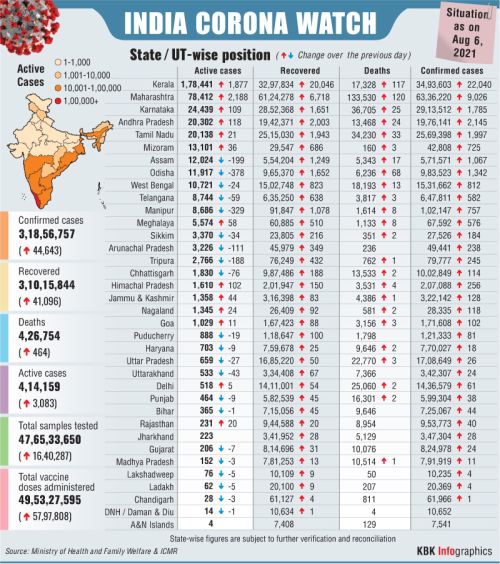
Before March 11, 2021, we used general population case numbers from the now-shuttered COVID Tracking Project.Ĭorrections departments in Indiana, Kansas, Montana, North Dakota and Wisconsin reported COVID-19 testing and case data for juvenile facilities West Virginia reported figures for juvenile facilities and jails. Infection rates for the general population are calculated using case counts from the COVID-19 Data Repository by the Center for Systems Science and Engineering at Johns Hopkins University and population data from the U.S.

To be conservative, we calculate our rates of infection using the largest prisoner population snapshots we had during this period. Because population snapshots do not account for movement in and out of prisons since March 2020, and because many systems have significantly slowed the number of new people being sent to prison, it’s difficult to estimate the total number of people who have been held since March 2020. We calculate the rates of infection and death to allow for the easiest comparison across prison systems.
CORONA STATS WASHINGTON TRIAL
In states with unified prison and jail systems, we included both detainees awaiting trial and sentenced prisoners. Before that, population figures may have included additional people, such as prisoners housed in other facilities, which were not captured in our COVID-19 data. Beginning the week of July 28, 2020, we updated all prisoner population numbers, reflecting the number of incarcerated adults in state or federal prisons. To estimate the rate of infection among prisoners, we collected population data for each prison system before the pandemic, roughly in mid-March of 2020, and then in April and June and each month after that. Similarly, in Maryland, several pretrial facilities in Baltimore City are included in the figures. These numbers have been grouped by the week the data was collected.įor six states with unified prison and jail systems - Alaska, Connecticut, Delaware, Hawaii, Rhode Island, Vermont - we count testing and case numbers from both detainees awaiting trial and sentenced prisoners.

Working with The Associated Press, we requested this data every week from state departments of corrections and the Federal Bureau of Prisons however, not all departments could provide data for the exact dates requested.

Starting on March 26, 2020, reporters from The Marshall Project collected data on COVID-19 tests administered to people incarcerated in all state and federal prisons, as well as the staff in those facilities. Prisons publicly reported 209 deaths among staff.

Among state corrections departments that reported how many staff tested positive, most stressed that the count included only the employees who voluntarily reported a diagnosis, often in the course of calling out sick.īy the end of June 2021, 114,237 prison staff members tested positive, and new cases hit an all-time high the week of Dec. In our final week of data collection, 13 states - Connecticut, Illinois, Indiana, Maryland, Michigan, Missouri, North Carolina, North Dakota, Oklahoma, South Dakota, Texas, Virginia and West Virginia - released information on the number of their staff members tested for the coronavirus. We know less about how the coronavirus affected them, though they have the potential to carry it both into facilities and back out to their communities, because many weren’t systematically tested. While we know more about how prisoners were getting sick, another group of people were also at risk in these facilities: correctional officers, nurses, chaplains, wardens and other workers.


 0 kommentar(er)
0 kommentar(er)
